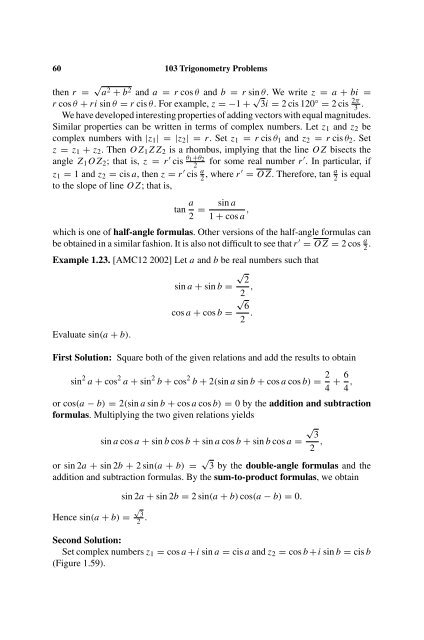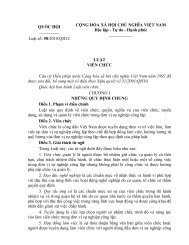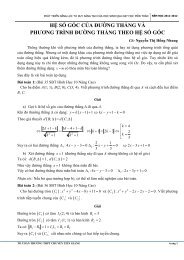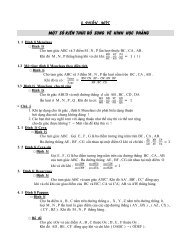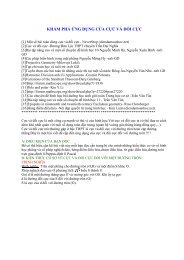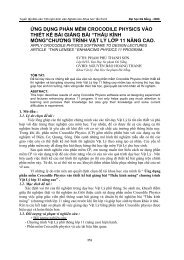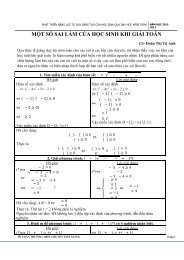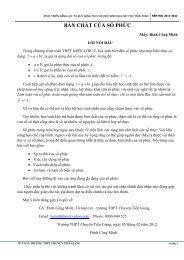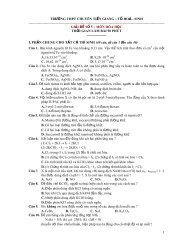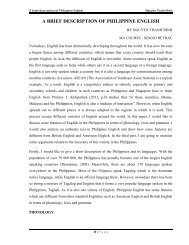103 Trigonometry Problems
103 Trigonometry Problems
103 Trigonometry Problems
You also want an ePaper? Increase the reach of your titles
YUMPU automatically turns print PDFs into web optimized ePapers that Google loves.
60 <strong>103</strong> <strong>Trigonometry</strong> <strong>Problems</strong><br />
then r = √ a 2 + b 2 and a = r cos θ and b = r sin θ. We write z = a + bi =<br />
r cos θ + ri sin θ = r cis θ. For example, z =−1 + √ 3i = 2 cis 120 ◦ = 2 cis 2π 3 .<br />
We have developed interesting properties of adding vectors with equal magnitudes.<br />
Similar properties can be written in terms of complex numbers. Let z 1 and z 2 be<br />
complex numbers with |z 1 |=|z 2 |=r. Set z 1 = r cis θ 1 and z 2 = r cis θ 2 . Set<br />
z = z 1 + z 2 . Then OZ 1 ZZ 2 is a rhombus, implying that the line OZ bisects the<br />
angle Z 1 OZ 2 ; that is, z = r ′ cis θ 1+θ 2<br />
2<br />
for some real number r ′ . In particular, if<br />
z 1 = 1 and z 2 = cis a, then z = r ′ cis a 2 , where r′ = OZ. Therefore, tan a 2<br />
is equal<br />
to the slope of line OZ; that is,<br />
tan a 2 =<br />
sin a<br />
1 + cos a ,<br />
which is one of half-angle formulas. Other versions of the half-angle formulas can<br />
be obtained in a similar fashion. It is also not difficult to see that r ′ = OZ = 2 cos a 2 .<br />
Example 1.23. [AMC12 2002] Let a and b be real numbers such that<br />
Evaluate sin(a + b).<br />
√<br />
2<br />
sin a + sin b =<br />
2 ,<br />
√<br />
6<br />
cos a + cos b =<br />
2 .<br />
First Solution: Square both of the given relations and add the results to obtain<br />
sin 2 a + cos 2 a + sin 2 b + cos 2 b + 2(sin a sin b + cos a cos b) = 2 4 + 6 4 ,<br />
or cos(a − b) = 2(sin a sin b + cos a cos b) = 0 by the addition and subtraction<br />
formulas. Multiplying the two given relations yields<br />
√<br />
3<br />
sin a cos a + sin b cos b + sin a cos b + sin b cos a =<br />
2 ,<br />
or sin 2a + sin 2b + 2 sin(a + b) = √ 3bythedouble-angle formulas and the<br />
addition and subtraction formulas. By the sum-to-product formulas, we obtain<br />
Hence sin(a + b) =<br />
sin 2a + sin 2b = 2 sin(a + b) cos(a − b) = 0.<br />
√<br />
3<br />
2 .<br />
Second Solution:<br />
Set complex numbers z 1 = cos a +i sin a = cis a and z 2 = cos b +i sin b = cis b<br />
(Figure 1.59).


